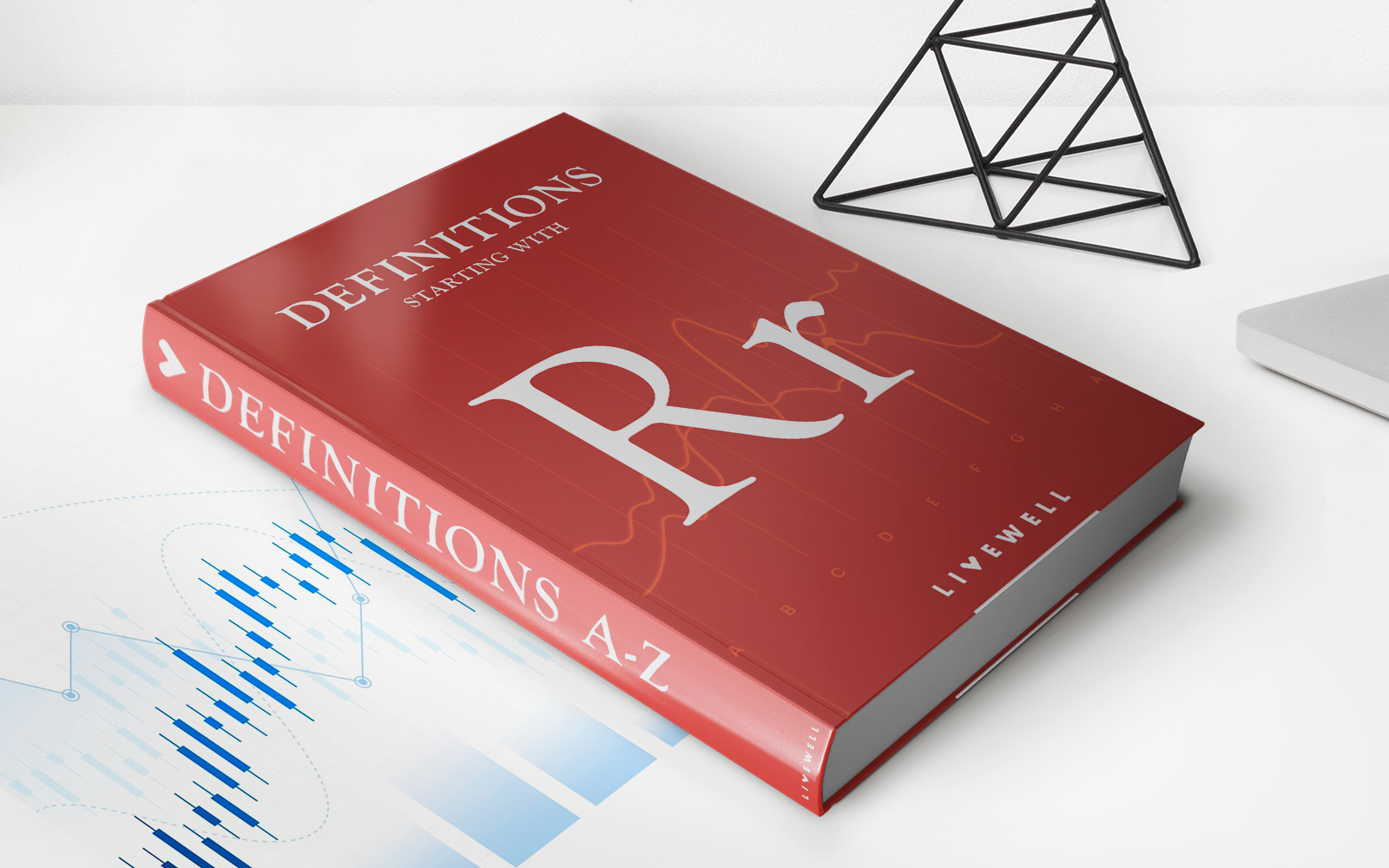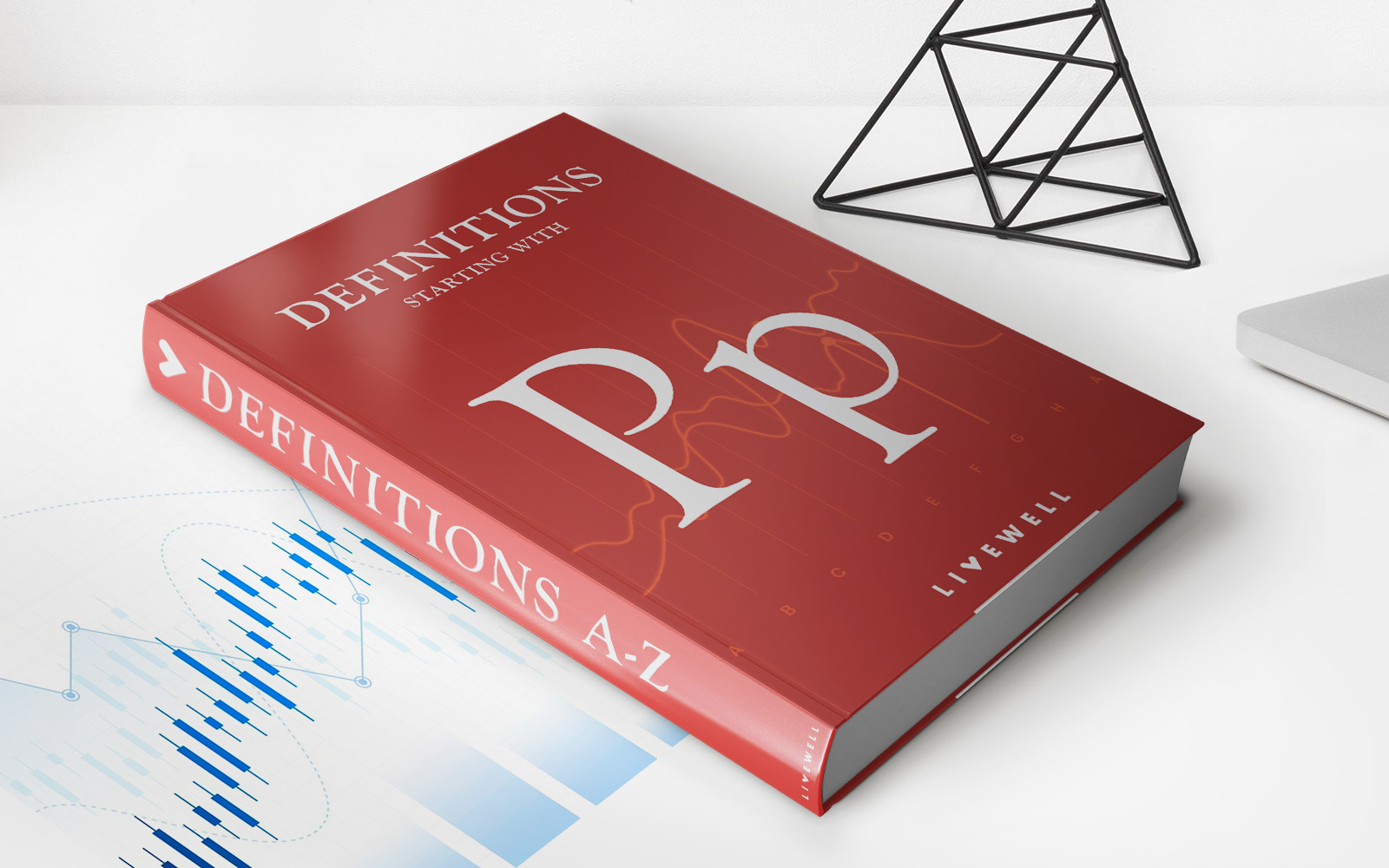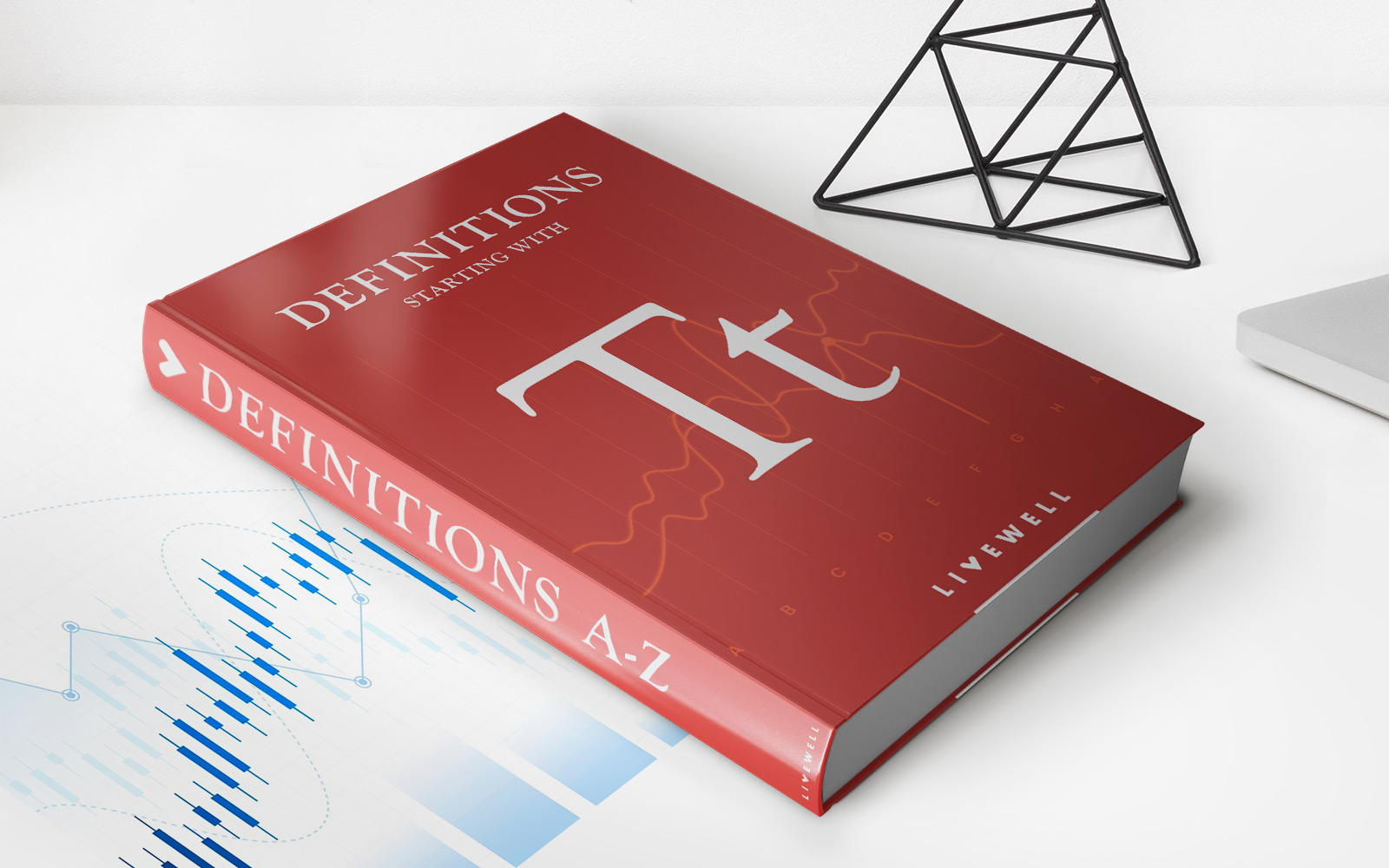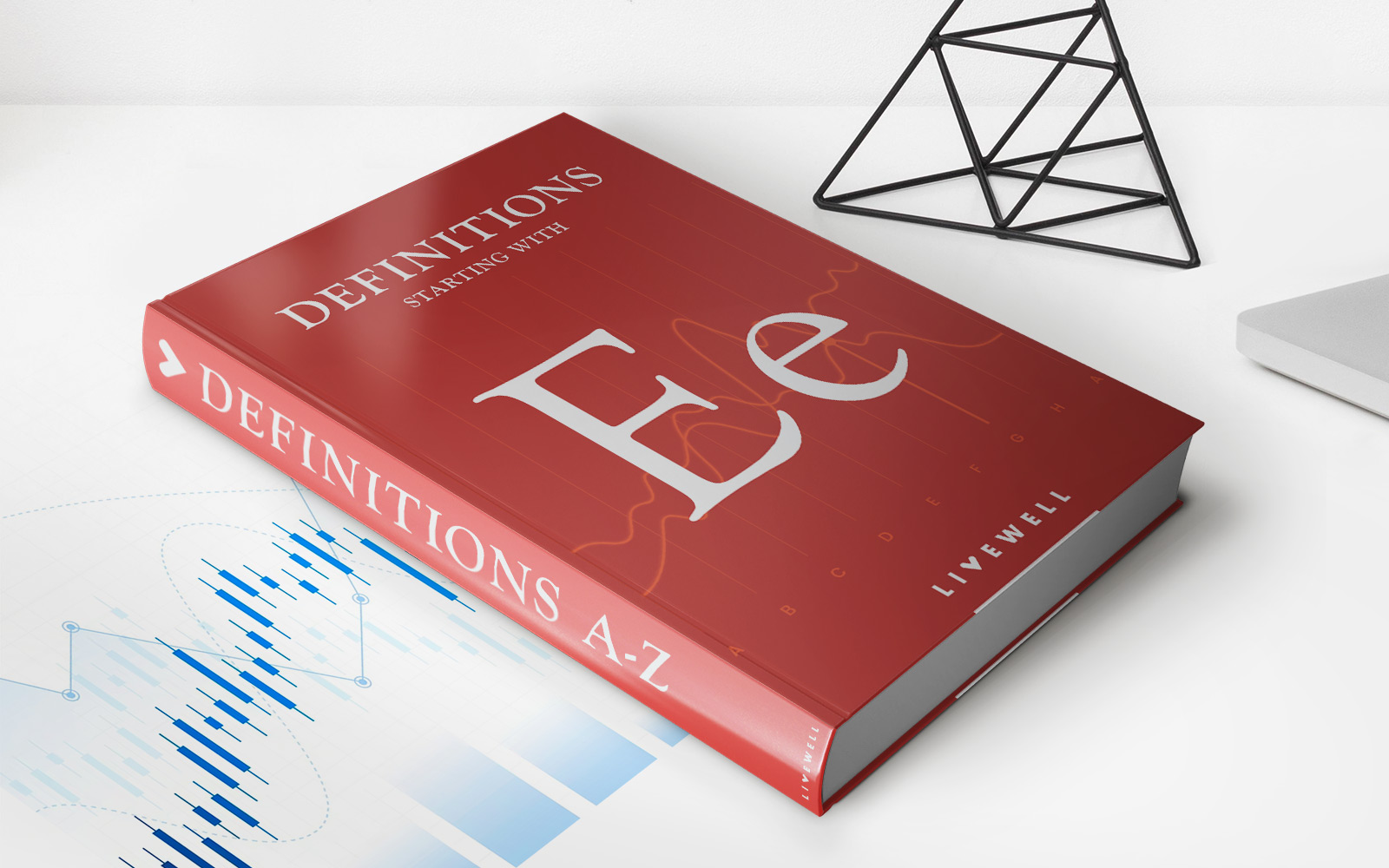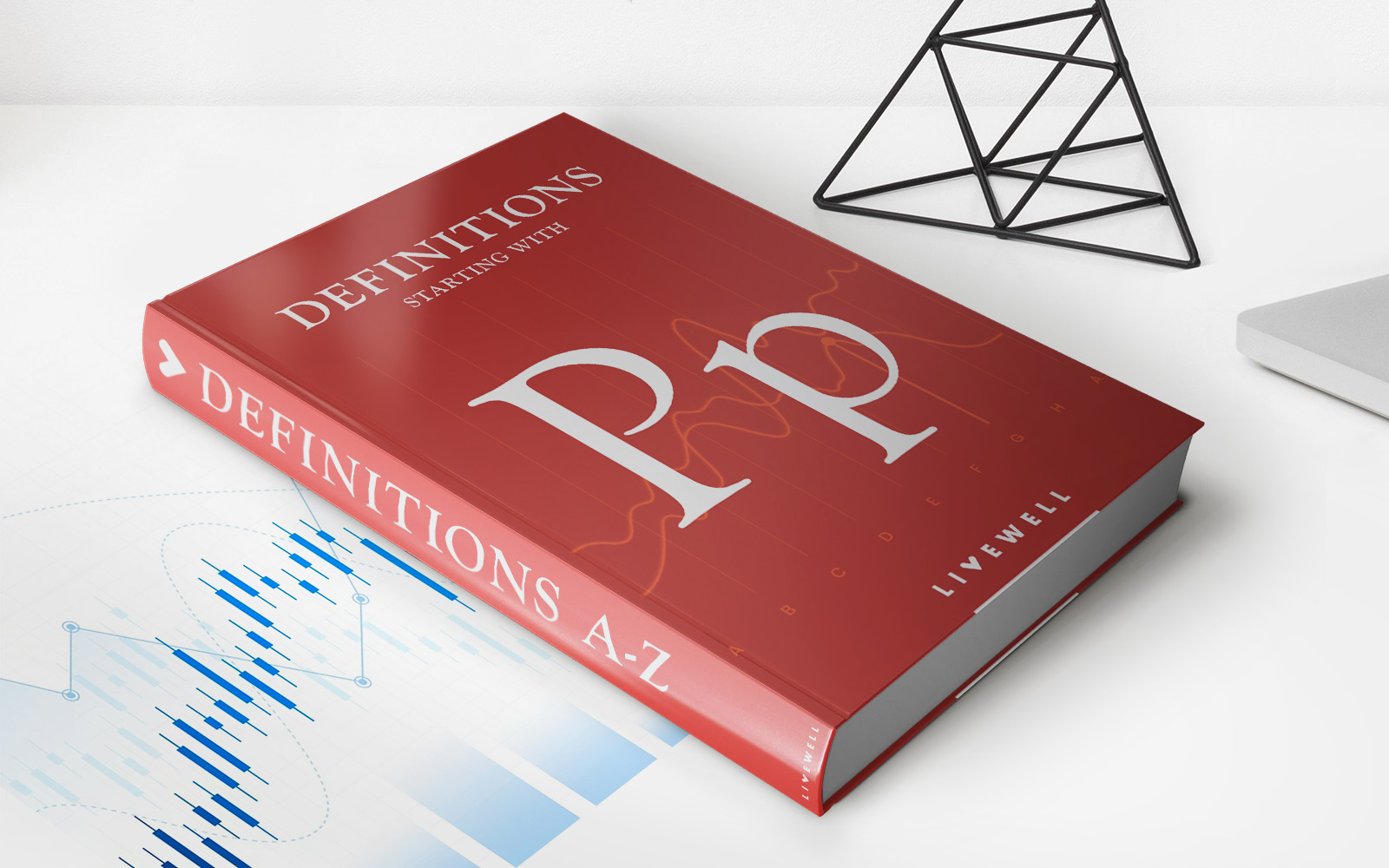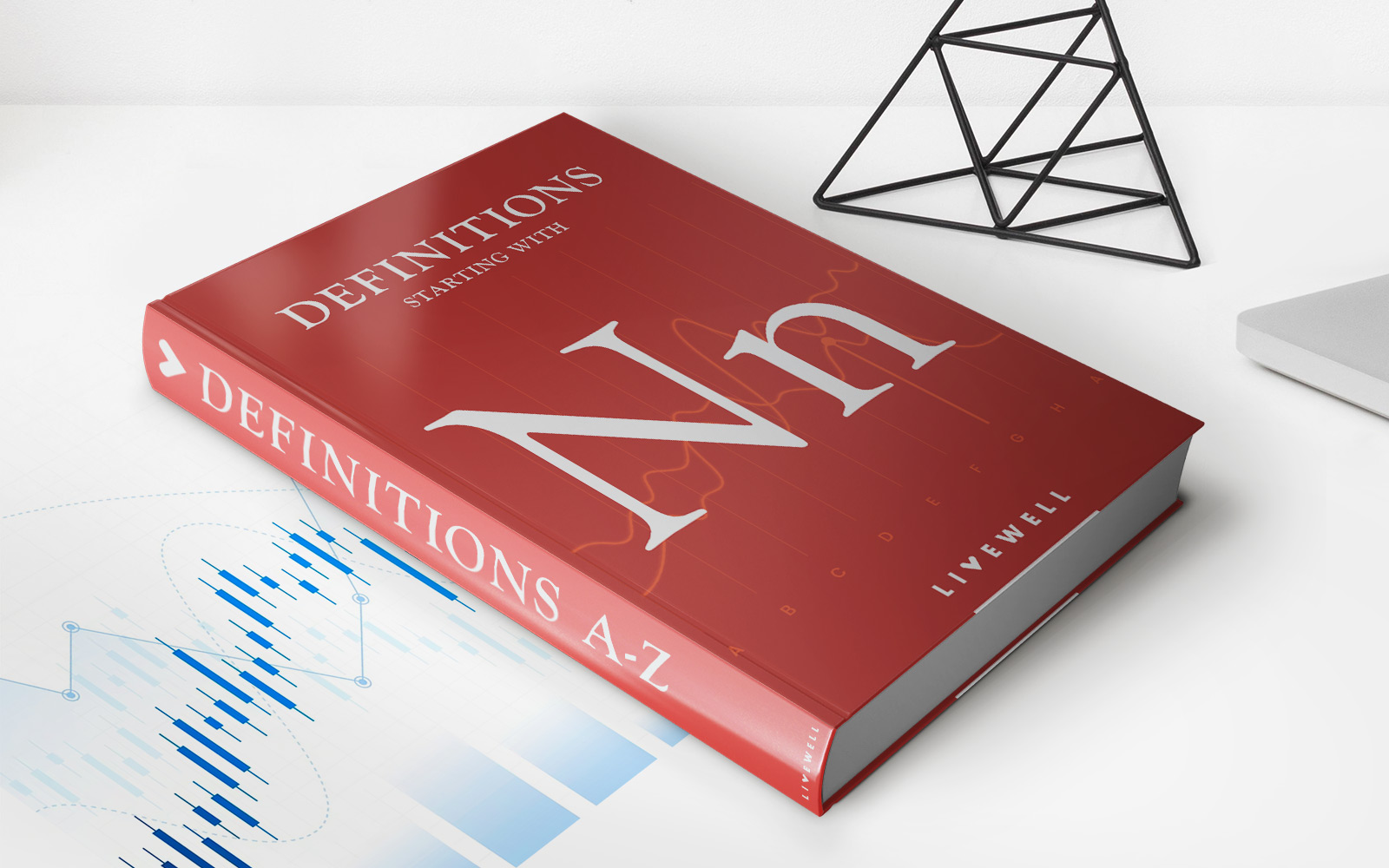Home>Finance>What Is An Addendum? Definition, How It Works, And Examples


Finance
What Is An Addendum? Definition, How It Works, And Examples
Published: September 30, 2023
Discover what an addendum is in the world of finance, including its definition, how it works, and explore real-life examples to gain a better understanding.
(Many of the links in this article redirect to a specific reviewed product. Your purchase of these products through affiliate links helps to generate commission for LiveWell, at no extra cost. Learn more)
What Is an Addendum? Definition, How It Works, and Examples
When it comes to legal documents and contracts, you may have come across the term “addendum” at some point. But what exactly does it mean? And how does it work? In this blog post, we’re going to explore the definition of an addendum, how it functions, and provide examples to help you better understand its importance in the world of finance.
Key Takeaways:
- An addendum is an additional document or clause that is added to an existing contract or agreement to modify or supplement its terms.
- It helps parties involved in a contract to make changes or provide additional information without requiring a complete renegotiation of the entire agreement.
So, what exactly is an addendum?
An addendum is a separate document or section that is added to an existing contract or agreement. It serves to modify, clarify, or supplement the terms of the original document, without having to create an entirely new agreement. Think of an addendum as an extension or update to an existing contract.
How does an addendum work?
When parties involved in a contract want to make changes to the original agreement, they can do so by creating an addendum. This helps avoid the need for a complete renegotiation of the entire contract. The addendum is typically attached to the original document and becomes an integral part of the agreement. It outlines the new terms, conditions, or information that the parties have agreed upon.
For example, let’s say you have signed a lease agreement for renting a house. After a few months, you realize that you need permission to keep a pet in the house, but the original lease agreement doesn’t mention anything about pets. In this case, both parties can create an addendum that includes a clause allowing you to keep a pet, without having to draft an entirely new lease agreement.
Examples of addendums in finance:
Addendums are commonly used in finance to modify or enhance contracts and agreements. Here are a few examples:
- Mortgage addendum: In the process of purchasing a home, you may need to add an addendum to your mortgage agreement to include additional terms, such as an escrow account for property taxes and insurance.
- Loan modification addendum: If you’re struggling to keep up with your loan payments, you may enter into a loan modification agreement with your lender. This addendum would outline the revised terms, such as a lower interest rate or extended repayment period.
- Investment addendum: When investing in a company, you may need to add an addendum to the investment agreement to include new terms or conditions specific to your investment.
In conclusion, an addendum is a valuable tool that allows parties involved in a contract or agreement to make changes, provide additional information, or clarify terms without the hassle of completely redrafting the original document. It provides flexibility and efficiency in managing legal matters, particularly in the world of finance. So, the next time you encounter a contract with an addendum, you’ll know exactly what it means and how it works!
